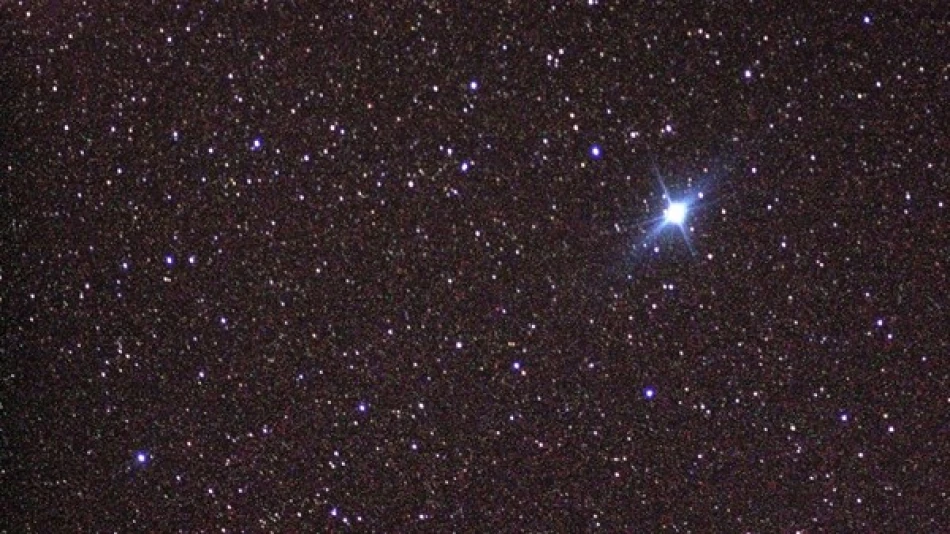
UAE's Astronomical Society: Suhail Star's Appearance Heralds Cooling Temperatures and Gradual Transition to Milder Climate
Ancient Star Knowledge Guides Modern Life: How Suhail's Rise Still Dictates Seasons Across Arabia
For over a millennium, Arab communities have relied on the appearance of Suhail—the second brightest star in the night sky—to signal the end of summer's brutal heat and guide critical decisions about farming, fishing, and livestock management. This ancient astronomical tradition, rooted in practical survival needs, continues to influence daily life across the Arabian Peninsula, demonstrating how indigenous knowledge systems remain relevant in an era of modern meteorology.
The Celestial Calendar That Shaped a Civilization
Suhail, known to Western astronomers as Canopus, becomes visible on the southeastern horizon just before dawn starting August 24th in central Arabian Peninsula regions. The star's emergence follows a predictable pattern, appearing first in southern areas before becoming visible further north—a natural progression that ancient Arab observers meticulously documented.
The traditional saying "When Suhail rises, the night grows cold" captures centuries of accumulated wisdom about this astronomical marker. Unlike modern weather forecasting, which relies on complex atmospheric models, this star-based system provided reliable seasonal indicators for societies whose survival depended on understanding environmental rhythms.
Observable Changes That Matter
The period coinciding with Suhail's appearance, known as "Hisab al-Duror" (calculation of cycles), brings measurable environmental shifts that ancient Arabs catalogued with scientific precision. Water and soil temperatures drop noticeably at dawn, soil retains moisture longer when watered in the evening, and camels require less water—practical observations that guided resource management in harsh desert conditions.
Vegetation patterns also shift predictably: Samr trees begin showing green growth from their southern sides, while seabirds like the Sallal arrive at coastal areas, signaling changes in marine ecosystems that affect fishing yields.
Economic Rhythms Tied to Stellar Movements
According to Ibrahim al-Jarwan, chairman of the UAE Astronomical Society and member of the Arab Union for Space and Astronomy Sciences, Suhail's rise represents more than folklore—it marks crucial economic transitions that shaped Arabian Gulf societies for generations.
Farmers traditionally began preparing for new planting seasons during this period, taking advantage of moderating temperatures that reduced crop stress and irrigation demands. Livestock herders scheduled essential maintenance tasks, such as trimming sheep hooves, when animals were less stressed by extreme heat.
The Pearl Diving Connection
Perhaps most significantly, Suhail's appearance coincided with "Awaan al-Qafaal"—the return of pearl diving fleets to Gulf ports in mid-September. This timing wasn't coincidental; the star's rise marked the end of the major diving season, when calmer seas and cooler temperatures made the dangerous work of pearl harvesting less lethal.
The pearl trade, which dominated Gulf economies before oil discovery, operated entirely around these natural cycles. Diving crews spent months at sea during summer's peak heat, returning home when Suhail announced autumn's approach—a schedule that balanced economic opportunity with human survival.
Indigenous Knowledge in a Modern Context
This astronomical tradition illustrates how pre-industrial societies developed sophisticated environmental monitoring systems without modern instruments. While satellite weather data now provides more precise forecasting, the Suhail system offered something equally valuable: a reliable, accessible method for long-term seasonal planning that required no technology beyond careful observation.
The practice also demonstrates remarkable consistency across vast geographical areas. From Yemen to Kuwait, Arab communities developed similar interpretations of Suhail's significance, suggesting that this knowledge system emerged from genuine environmental patterns rather than mere cultural belief.
Cultural Continuity Amid Change
Al-Jarwan emphasizes that these traditional markers maintain relevance in contemporary Arabian society, representing "a living link between humans and their environment." Even as modern meteorology provides daily weather updates, many Gulf residents still reference traditional seasonal indicators when making agricultural or maritime decisions.
This persistence reflects the deep cultural value placed on inherited wisdom, but also suggests that ancient observation methods captured environmental truths that remain valid despite technological advancement. The Suhail tradition bridges past and present, offering both historical continuity and practical guidance for societies still intimately connected to natural cycles.
Most Viewed News

 Layla Al Mansoori
Layla Al Mansoori






